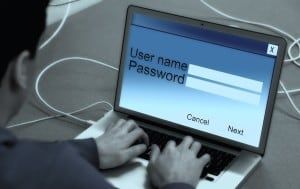 A car breathalyzer or ignition interlock device is pretty fantastic, if you think about it. Granted, there are not a lot of people who add the device to a holiday “wish list,” but, it definitely reminds us all of how important it is to stay sober when driving. Plus, if you have ever really looked into a car breathalyzer (either for a drunk driving conviction, or to prevent yourself or a loved one from making that mistake) you can appreciate just how smart those little gadgets are. Not only does a car breathalyzer keep the streets safe from drunk drivers, it stores a lot of data that gets sent to court, probation officers… even parents! That data proves a person’s sobriety when driving, and there is nothing as important to prove, especially after a drunk driving incident.
A car breathalyzer or ignition interlock device is pretty fantastic, if you think about it. Granted, there are not a lot of people who add the device to a holiday “wish list,” but, it definitely reminds us all of how important it is to stay sober when driving. Plus, if you have ever really looked into a car breathalyzer (either for a drunk driving conviction, or to prevent yourself or a loved one from making that mistake) you can appreciate just how smart those little gadgets are. Not only does a car breathalyzer keep the streets safe from drunk drivers, it stores a lot of data that gets sent to court, probation officers… even parents! That data proves a person’s sobriety when driving, and there is nothing as important to prove, especially after a drunk driving incident.
Getting that data happens in a couple of different ways, depending on the capability of the device. All car breathalyzers require periodic service appointments, usually every 30 – 60 days, where the data is extracted and sent to those who are monitoring the progress of the person using the device. The device is also calibrated during that time, to ensure there are no issues with the breath testing process, the device itself and the results of each blood alcohol concentration (BAC) sample that is submitted.
There are also car breathalyzers that have the ability to instantly transmit data through wireless connectivity, creating an additional level of security for other drivers on the road. Those types of car breathalyzers still require the same routine maintenance and calibration, however, especially since part of the data that is transmitted includes a photo or video from an attached camera. If the device is not in top shape, the recorded data could be negatively affected – and that does not help anyone prove their commitment to sober driving.
The results from a car breathalyzer show the progress a person makes after a drunk driving incident, and are essential to prove a “clean” record of sober driving. Whether you have a car breathalyzer requirement, or you voluntarily install the device for your family’s safety, the data that is reported is just as important as the driver remaining sober behind the wheel. Keeping the device calibrated ensures the data that is sent to the proper authorities is as accurate as possible, and that the driver is always choosing to drive responsibly.

 Why That Ignition Interlock BAC Limit Matters
Why That Ignition Interlock BAC Limit Matters